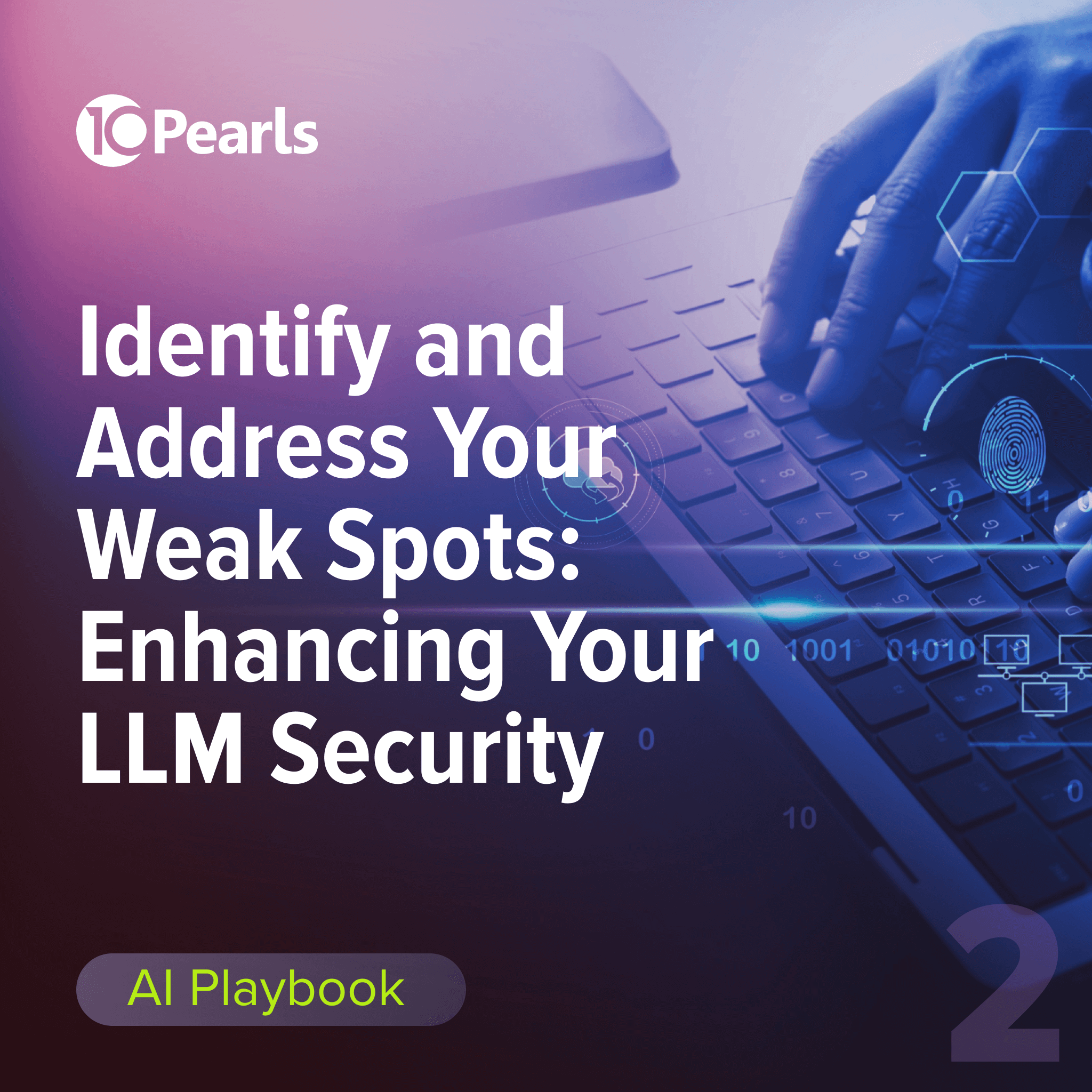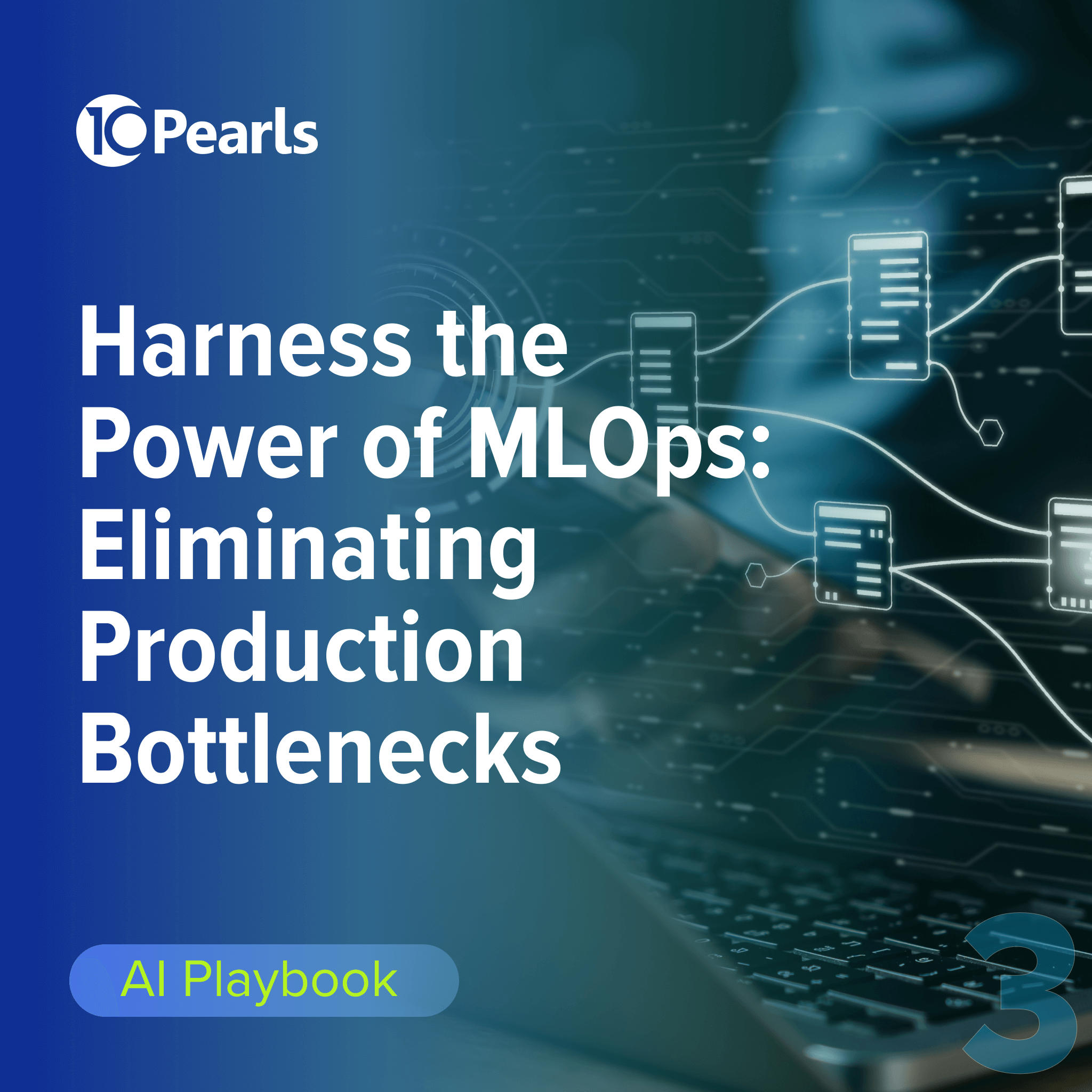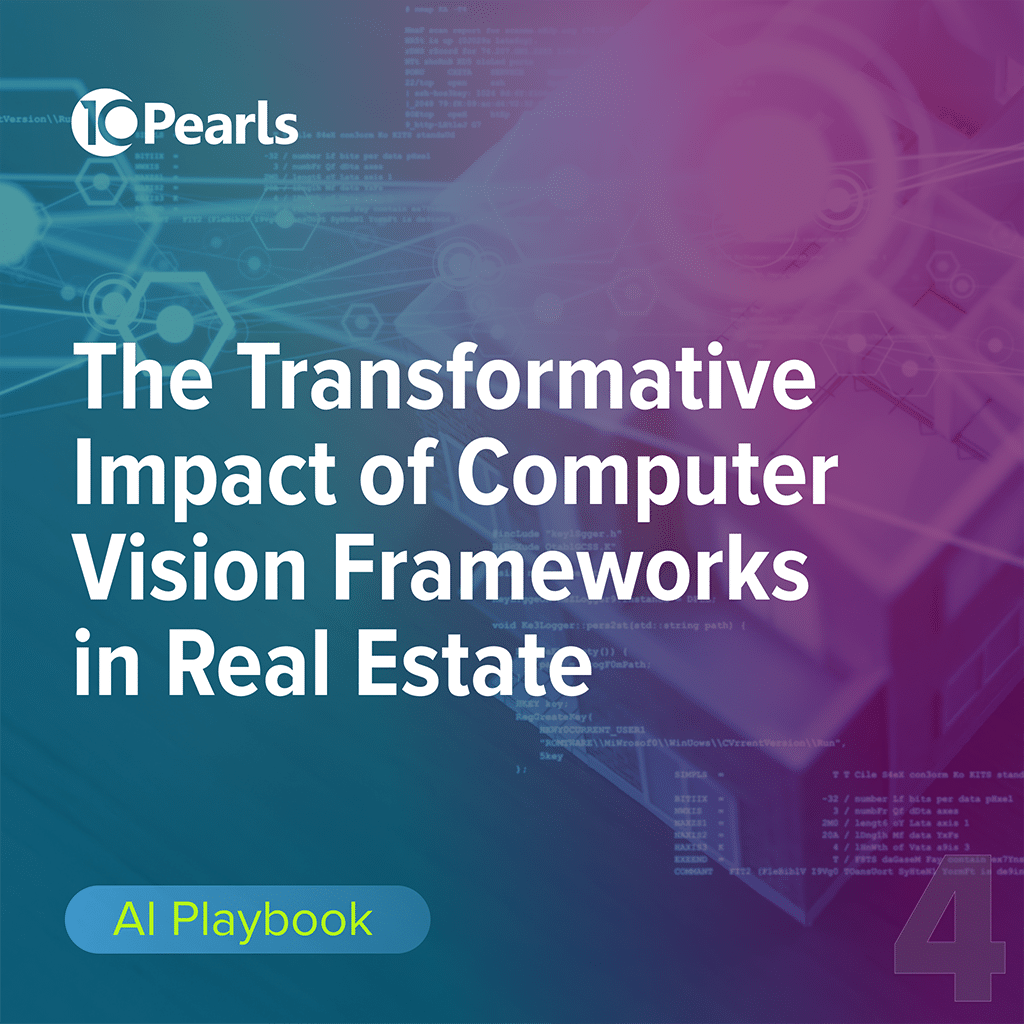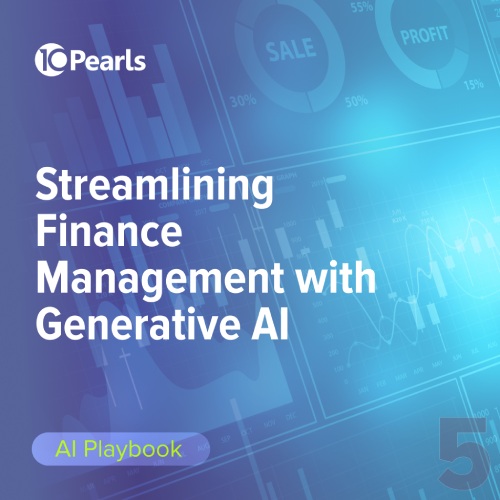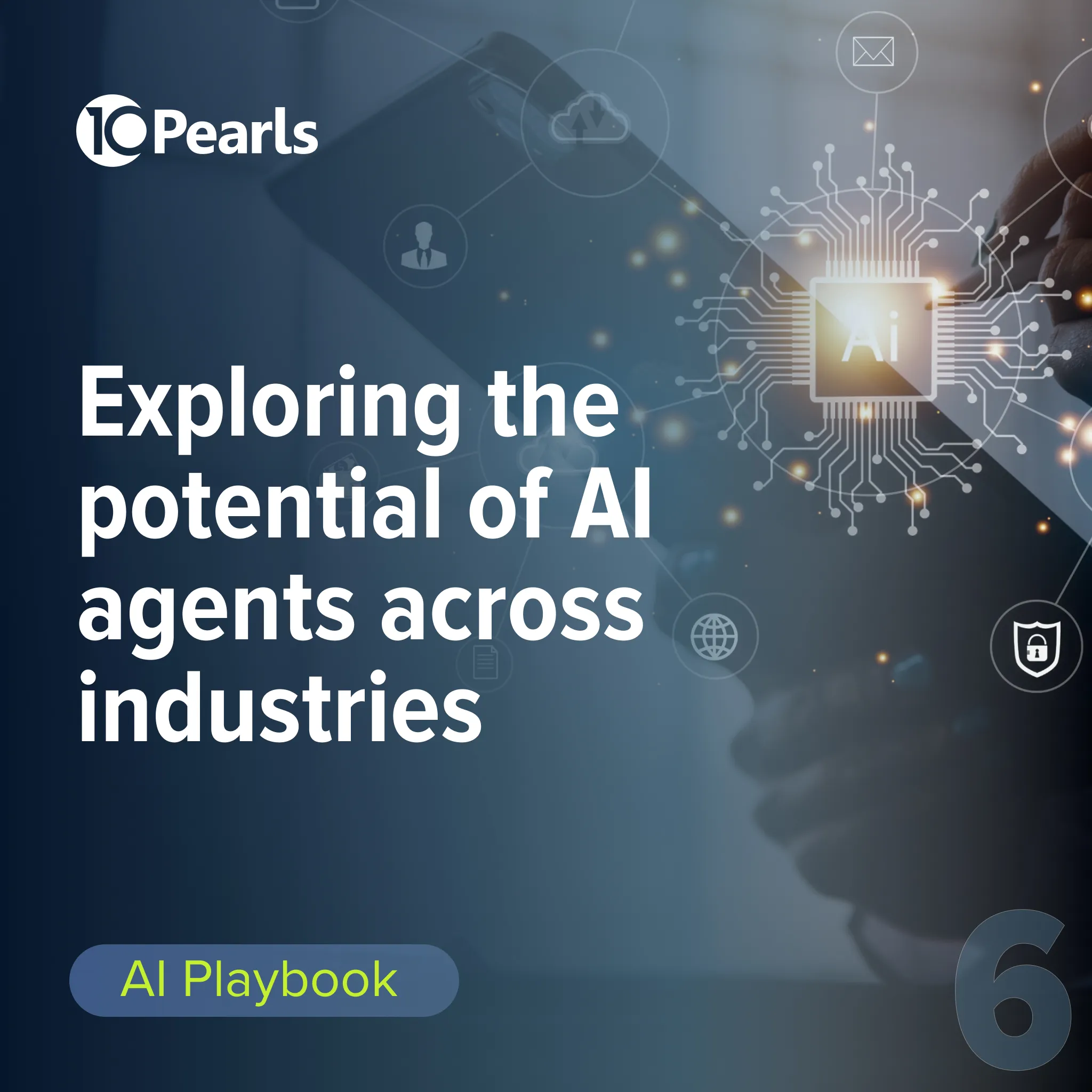Maximize the ROI of AI Investments
By 10Pearls editorial team
A global team of technologists, strategists, and creatives dedicated to delivering the forefront of innovation. Stay informed with our latest updates and trends in artificial intelligence, advanced technology, healthcare, fintech, and beyond. Discover insightful perspectives that shape the future of industries worldwide.
AI usage is continuing to skyrocket across industries, with recent McKinsey research finding that 77% of companies have adopted AI or are exploring adoption. However, this survey also found that fewer than 20% of these companies realize a significant ROI (return on investment) from their AI investments. There are numerous challenges that stand in the way of achieving financial returns from AI adoption, including high costs, misaligned expectations, and skill gaps. It’s critical to understand and mitigate these issues while having the right metrics in place to accurately measure AI ROI. This blog provides advice on how to maximize the ROI of your AI investment.

How do you measure the ROI of AI?
The basic formula for calculating the ROI of AI investments is the same as for any project:

There are nine key steps involved in tracking and optimizing your AI ROI.
Step 1: Define goals and KPIs
Firstly, it’s important to define the strategic objectives of the AI project and choose relevant KPIs to track your progress.
Some example KPIs include:
- Sales conversion rates
- Decision-making speed
- Customer churn reduction
- Error reduction
- Customer satisfaction scores
Step 2: Establish a baseline
Next, you’ll need to track your current performance to provide a baseline to compare to post-deployment. Compare your metrics with both the industry standards and your goals from the previous step, and identify the areas that need improvement. Gathering the data for this step is also the perfect opportunity to look for hidden insights, such as recurring issues or cost spikes, that can help you focus your efforts.
Step 3: Estimate revenue gains
This step can be challenging depending on where you are in the process of AI adoption, but it can help you set an accurate and achievable target ROI. Estimate the potential gains you’ll get from AI automation, such as production line optimization, enhanced quality control, and increased productivity. Also, factors like new product capabilities, newly acquired customers, and increased production capacity should be considered.
Step 4: Identify costs
Next, estimate and calculate the costs of deploying and supporting AI projects.
Some example costs to include are:
- Hiring, training, and retention costs for AI talent
- Data collection, storage, and processing costs
- Compute resources (e.g., GPUs)
- Licensing costs for AI models and software
- Implementation and maintenance costs
Step 5: Determine soft benefits
“Soft” benefits are more intangible than the KPIs described above, as they can’t be directly associated with a quantitative monetary return. However, these factors should still be considered as they can result in a better ROI.
They include things like:
- Improved employee retention
- Greater brand recognition
- More business agility
Step 6: Set realistic timeframes
It’s important to set a realistic timeframe for when you expect to start seeing a return on your AI investment and when you hope to achieve your target ROI goals. You should account for factors like training and implementation times, as well as model maintenance periods and their associated costs.
Step 7: Calculate the risk of non-investment (RONI)
Next, determine what will happen if your organization does not move forward with an AI investment. How much revenue will you miss out on? What are the financial impacts to your productivity? Completing this exercise can help shore-up buy-in from business leaders and align the entire organization.
Step 8: Calculate the net present value (NPV)
Now it’s time to crunch the numbers to determine the long-term value of your AI investment using the Net Present Value (NPV) formula:

Where t is the time period, and r is the discount rate.
Step 9: Review and iterate
Finally, it’s important to regularly re-calculate your ROI projection as you move forward with AI implementation and usage. If you’re not meeting expectations, determine where your weaknesses are and take steps to mitigate them. You’ll likely need to iterate and adapt your approach to account for unexpected challenges or changing business priorities, making it important to stay flexible.

The challenges in achieving AI ROI
There are numerous challenges that prevent companies from reaching their target AI ROI.
Implementation and operation cost of AI
There is a significant upfront investment required to implement a solution, fine-tune the model for your specific use cases, and deploy the computing infrastructure to support it. There are also the ongoing expenses related to data storage and processing, computational resources, and staffing.
Misaligned expectations on ROI
If the target ROI isn’t calculated with good data, it’ll be much harder to achieve. The best way to overcome this challenge is for this exercise to be performed by someone with prior experience with AI deployments who knows how to determine reasonable expectations.
Underskilled staff
AI expertise is crucial for managing the costs of deployment, determining an accurate ROI, developing a robust business strategy, and supporting the AI project without exceeding the budget. It can be extremely difficult and expensive to recruit new AI talent, but upskilling existing staff with AI knowledge is extraordinarily time-consuming. The best way to mitigate this roadblock is by working with a trusted AI consulting firm like 10Pearls.
Maximize the ROI of your AI investment with 10Pearls
10Pearls hires the top AI talent, so you don’t have to. Our AI experts work closely with organizations to develop customized ROI strategies to help you meet your goals.
We perform AI assessments to determine where your strengths and weaknesses are and how to ensure a successful AI adoption. We can also assist with every stage of AI deployment, from the exploration stage to planning, integration, development, and ongoing support.

Get in touch with us
Related articles

